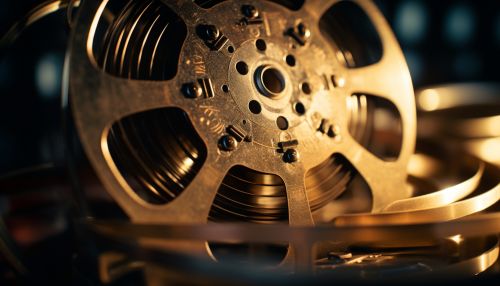Storytelling Techniques in Film
Introduction
Storytelling in film is an art form that combines visual, auditory, and narrative elements to create a cohesive and engaging story. The techniques used in film storytelling have evolved over the years, with filmmakers continuously exploring new ways to captivate audiences and convey their narratives effectively. This article delves into the various techniques used in film storytelling, providing an in-depth understanding of how these techniques contribute to the overall narrative of a film.
Narrative Structure
The narrative structure of a film is a fundamental aspect of storytelling. It refers to the sequence in which events and information are presented to the viewer. The most common narrative structure in film is the three-act structure, which includes the setup, confrontation, and resolution. However, filmmakers often experiment with non-linear narratives, flashbacks, and other narrative structures to create more complex and engaging stories.


Character Development
Character development is another crucial aspect of film storytelling. It involves the transformation of characters throughout the film, often in response to the events and challenges they face. Character development is essential for creating relatable and engaging characters, and it plays a significant role in driving the narrative of the film.
Visual Storytelling
Visual storytelling in film involves the use of visual elements to convey the narrative. This can include cinematography, mise-en-scène, color grading, and visual effects. These elements can significantly enhance the storytelling by creating mood, conveying emotions, and providing visual cues that aid in the understanding of the narrative.
Cinematography
Cinematography is the art of capturing the film visually. It involves aspects like camera angles, movement, framing, and lighting. Each of these elements can be manipulated to tell a story in a particular way. For instance, low-angle shots can be used to make a character appear dominant or powerful, while high-angle shots can make them seem vulnerable or insignificant.
Mise-en-Scène
Mise-en-scène refers to the arrangement of everything that appears in the frame, including props, actors, lighting, and décor. It plays a crucial role in visual storytelling by contributing to the film's overall look and feel and can be used to convey information about the characters and the narrative.
Sound Design
Sound design in film storytelling involves the use of music, sound effects, and dialogue to enhance the narrative. The sound design can significantly impact the viewer's emotional response to the film and can be used to create tension, evoke emotions, and provide cues that aid in the understanding of the narrative.
Editing
Film editing is the process of assembling the various shots into a cohesive narrative. It involves deciding the sequence of the shots, the duration of each shot, and the transitions between shots. Editing plays a crucial role in film storytelling, as it can significantly impact the pacing, mood, and narrative flow of the film.
Conclusion
Storytelling techniques in film are diverse and complex, with filmmakers continuously experimenting with new ways to tell their stories. Understanding these techniques can provide a deeper appreciation of the art of filmmaking and the narratives that films convey.
